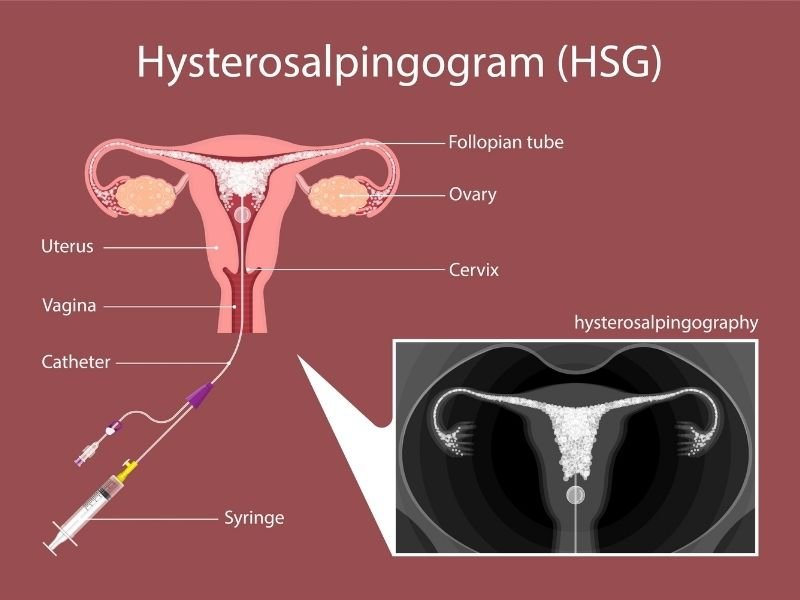
A hysterosalpingogram is an X-ray dye test that shows your uterus and fallopian tubes to your physician. It might assist your physician in diagnosing reproductive issues caused by blocked fallopian tubes.
Below we have shared the information shared by the experts from rmanetwork.com/blog/expect-hysterosalpingogram-hsg/ so continue reading this article to know more about hysterosalpingogram.
What is a hysterosalpingogram?
A hysterosalpingogram (HSG) is an X-ray dye test that is used to diagnose reproductive issues. An X-ray is used to capture images of your uterine cavity and fallopian tubes while they are filled with a specific dye during an HSG. An HSG can assist your doctor in detecting problems with your reproductive anatomy that can prevent you from becoming pregnant. Blocked fallopian tubes and an abnormally shaped uterus are two of these concerns.
When is a hysterosalpingogram performed?
Your surgery will be scheduled for the first two weeks of your menstrual cycle, after your previous period has ended but before you ovulate. This avoids the possibility of you becoming pregnant or menstruating during the treatment.
How is the HSG performed?
HSG is an outpatient procedure that takes nearly 45 minutes to complete. After menstruation has stopped, HSG is conducted in the follicular phase of the menstrual cycle (before ovulation). To inject radio-opaque contrast media into the cervix and uterus, a tiny catheter is introduced into the cervix and uterus (a dye that helps show the outline of the fallopian tubes under x-ray). HSG produces a sequence of fluoroscopic images as the dye passes through the uterine cavity, demonstrating the fullness of the uterine cavity and fallopian tubes.
How do you prepare for the test?
You should take your test before your menstruation. The test may be recommended by your doctor soon after your menstruation finishes and before your ovary releases an egg (ovulates). This allows your doctor to get a clearer view of the inside of your uterus. It also means you won’t have to take the test if you’re pregnant.
Any allergies you may have, as well as any medications you are taking, should be disclosed to your doctor. Whether you should stop taking any medications or not before the surgery, your doctor will notify you.
An over-the-counter pain reliever, such as ibuprofen, may be prescribed by your doctor about an hour before your test. This may alleviate cramps and pain during the examination.
You should bring a sanitary pad with you to wear after the test. Because some dye may escape from your vaginal area following the test. There may be some minor bleeding as well.
Can an HSG exam open blocked tubes?
HSG was developed as a diagnostic procedure to check for blockages in the fallopian tubes. The act of injecting contrast into the fallopian tubes, however, is hypothesized to have a possible therapeutic impact by flushing out blockages or mucus that may be preventing an egg/fertilized egg or sperm from passing freely.
Does having an HSG exam make you more fertile?
HSG could have a therapeutic effect on boosting fertility. In one study, those who had HSG had a 1.4x increased chance of natural conception compared to those who did not have HSG, with an absolute increase in 6-month pregnancy rates of +6% and a 1.4x increase in ongoing pregnancy rates.
Is a hysterosalpingogram painful?
HSG is known for causing mild pain or discomfort during and after the treatment. When your provider injects the dye solution into your uterus, you may experience cramping. When your tubes are plugged, you may suffer increased cramping.
The cramping could continue anywhere from five minutes to many hours following the surgery. It could be mild or severe.
Hey welcome to my blog . I am a modern women who love to share any tips on lifestyle, health, travel. Hope you join me in this journey!

Speak Your Mind